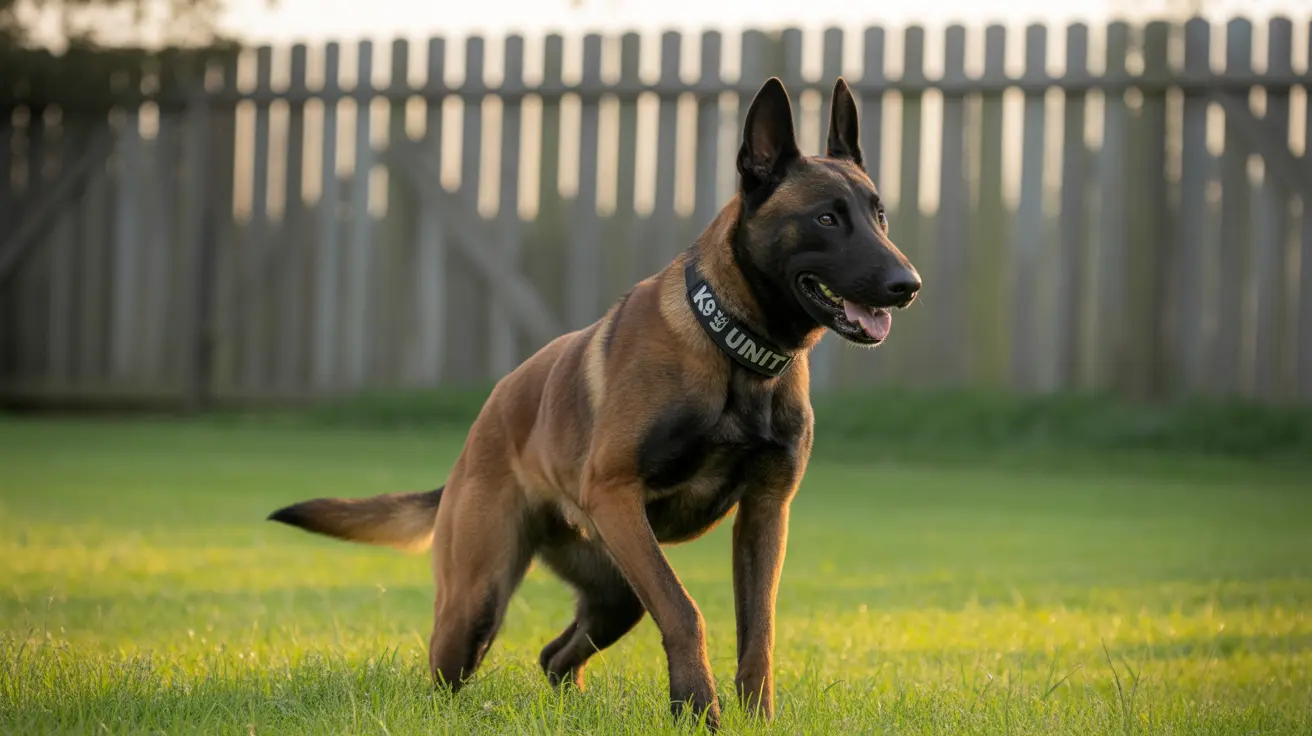When it comes to specialized dog training equipment, tactical dog collars stand out as essential tools for handlers seeking enhanced control and functionality. These heavy-duty collars offer superior durability and versatility compared to standard pet collars, making them particularly valuable for professional trainers and demanding training scenarios.
Whether you're working with service dogs, managing strong breeds, or seeking better control during training sessions, understanding the features and applications of tactical dog collars is crucial for success. Let's explore everything you need to know about these specialized training tools.
Key Features of Tactical Dog Collars
Tactical dog collars are engineered with several distinguishing characteristics that set them apart from conventional pet collars:
Military-grade materials form the foundation of these collars, typically featuring robust nylon webbing with reinforced stitching. This construction ensures the collar can withstand intense pressure and regular use without compromising its integrity.
Heavy-duty hardware, including break-resistant buckles and steel D-rings, provides secure attachment points for leashes and accessories. Many models incorporate MOLLE webbing systems, allowing for modular attachment of training tools, lights, or identification patches.
Training Applications and Control Benefits
The primary advantage of tactical dog collars lies in their enhanced control capabilities during training sessions:
Built-in handles on many tactical models offer immediate physical control when needed, particularly useful in emergency situations or during specific training exercises. This feature proves invaluable when working with larger breeds or in high-stress environments.
The robust construction allows for confident handling during correction exercises, while the wider design helps distribute pressure more evenly across the dog's neck compared to traditional collars.
Professional Usage and Working Dogs
Tactical dog collars find extensive use in professional and service dog applications:
Law enforcement and military K9 units rely on these collars for their durability and control features during critical operations. Search and rescue teams benefit from the additional attachment points for specialized equipment and the enhanced handling capabilities in challenging terrain.
Professional trainers often prefer tactical collars when working with service dogs in training, as they provide the necessary control while allowing the dog to focus on task-specific training.
Safety Considerations and Proper Use
While tactical dog collars offer numerous benefits, proper use is essential for safety:
Always ensure the collar fits correctly - you should be able to fit two fingers between the collar and your dog's neck. Regular inspection of all hardware and stitching helps prevent equipment failure during use.
For dogs new to tactical collars, introduce the equipment gradually and pair it with positive reinforcement to build confidence and acceptance.
Frequently Asked Questions
What are the benefits of using a tactical dog collar over a standard collar?
Tactical dog collars offer superior durability, enhanced control features like built-in handles, and additional attachment points for accessories. They're particularly beneficial for professional training, working dogs, or situations requiring extra control and reliability.
How do I choose the right tactical dog collar for my dog based on its size and breed?
Select a collar width appropriate for your dog's size - larger breeds need wider collars to distribute pressure properly. Measure your dog's neck carefully and choose a collar that allows for proper fit adjustment. Consider your specific needs regarding features like handles or attachment points.
Can tactical dog collars be used for everyday walks, or are they best reserved for training?
While tactical dog collars can be used for daily walks, they're primarily designed for training sessions and working scenarios. For routine walks, a standard collar might be more appropriate unless your dog requires the additional control features.
Are tactical collars with handles suitable for all dog breeds, or are they better for specific types?
Tactical collars with handles are most beneficial for medium to large breeds or dogs requiring additional control. While they can be used with smaller dogs, the handle feature might be unnecessary and potentially cumbersome for very small breeds.
What are some safety considerations when using tactical dog collars, especially those with aversive stimuli?
Always ensure proper fit and regular equipment inspection. Introduce the collar gradually and avoid harsh corrections. If using aversive features, work with a professional trainer to learn proper technique and minimize stress on your dog.
By understanding these aspects of tactical dog collars, you can make informed decisions about their use in your dog training program while ensuring both effectiveness and safety.






